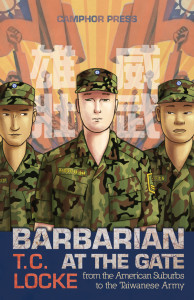Tong-iong, or Tongyong Pinyin
The inventor of Tong-iong, Yu Bo-quan, billed it as a universal romanization for all of Taiwan's languages (the name Tong-iong actually means 'use for everything'). In actual fact it is modified to fit Mandarin, Taiwanese, Hakka and so on, so it can't really be said to be a single system, rather it's a collection of linked systems for different languages.
As a positive point for English learners, Tong-iong maps more closely to English orthography than the POJ system - a 'd' in Tong-iong is pronounced similarly to an initial 'd' in English (POJ would have 't' in the same place).
One controversial aspect of Tong-iong for Taiwanese however is that it represents tones after the sandhi changes, whereas every other system detailed here describes the tones in their original state and leaves the reader to apply the sandhi and when required. This makes Tong-iong easy to read out, but is a disadvantage for learners in that same syllable will be written differently in different positions in a sentence.


